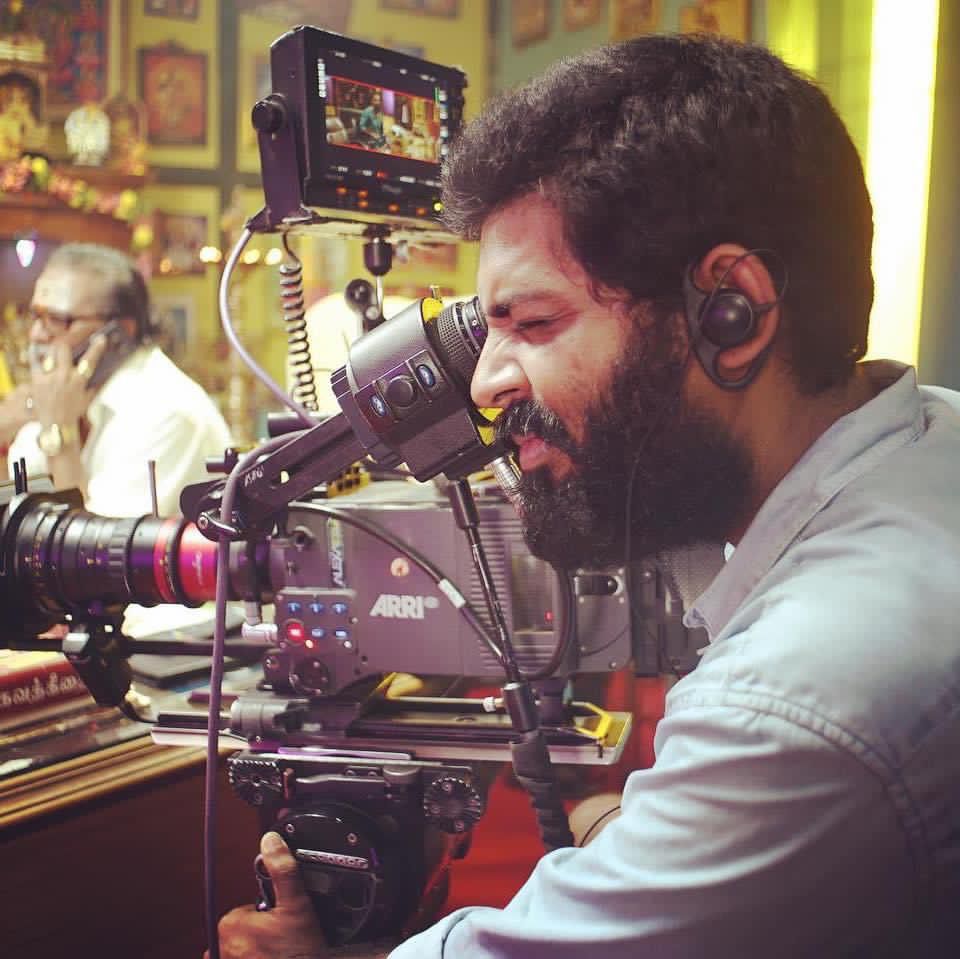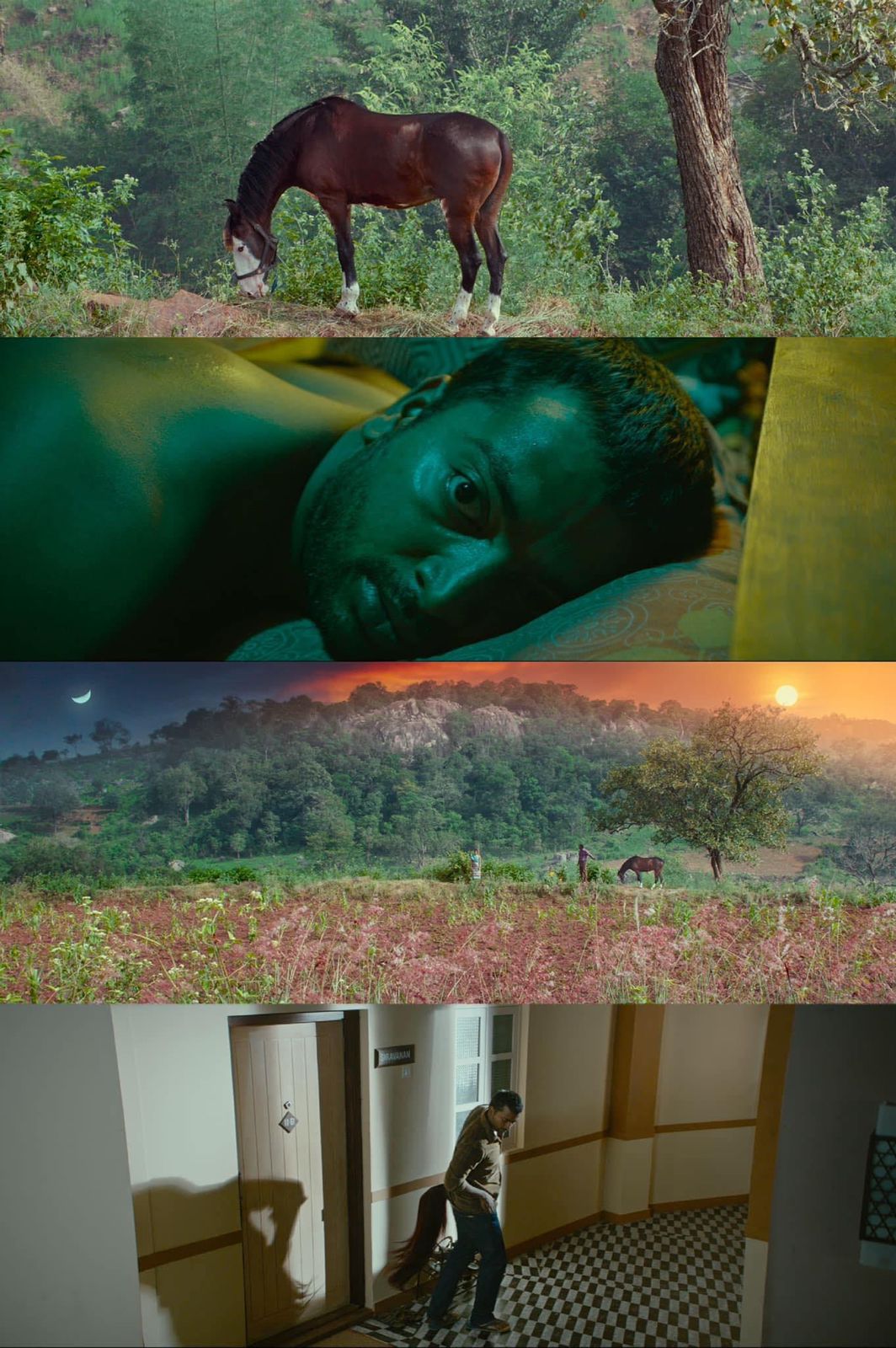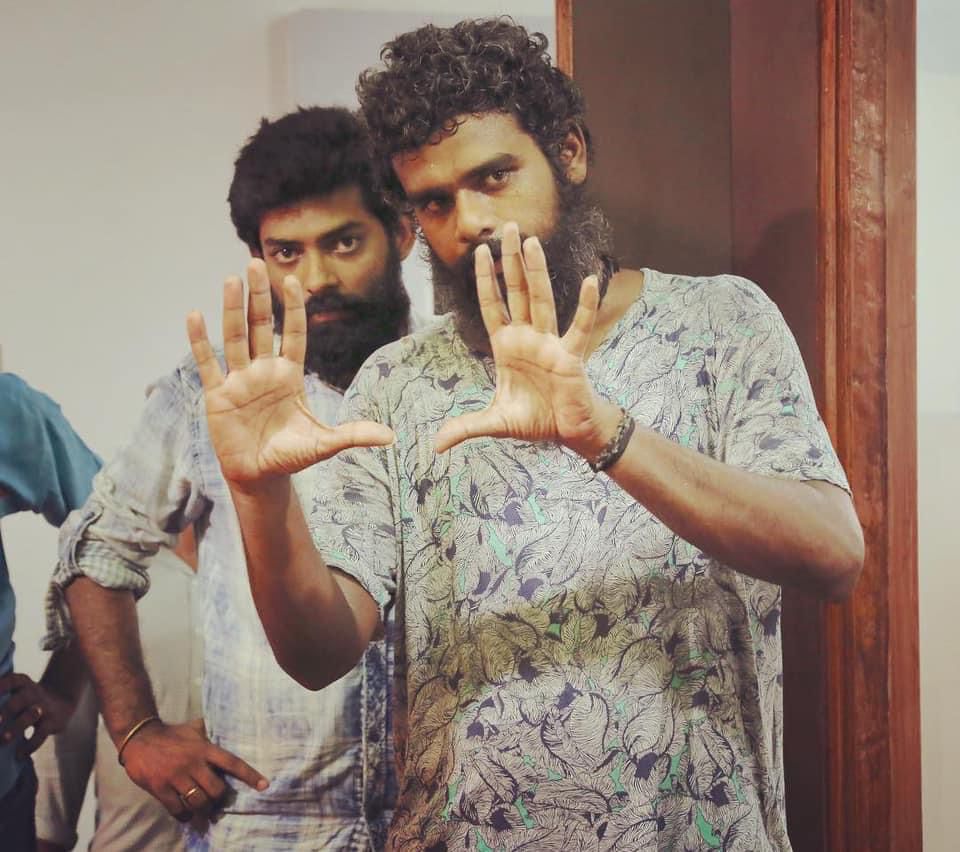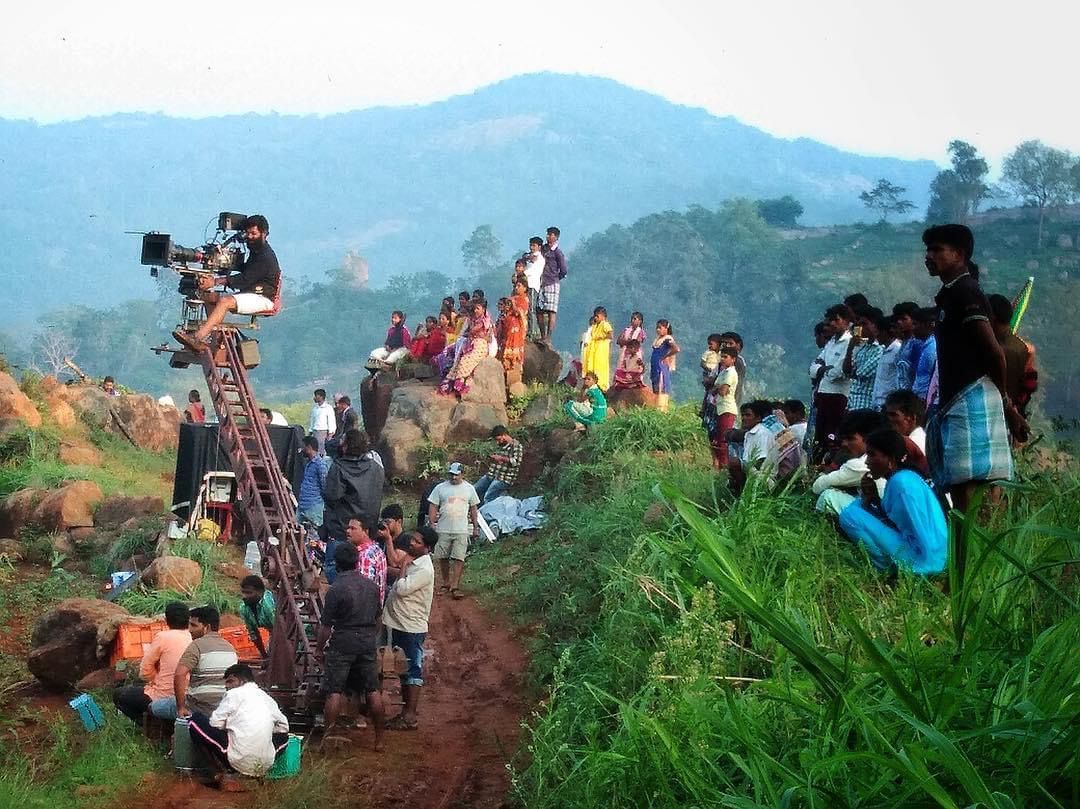
Kuthirai Vaal – A Talk with Karthik Muthukumar
Mar 25 2022
Kuthirai Vaal recently hit the silver screens all over making a big impact, Debutant directors Manoj Leonel Jahson and Shyam Sunder achieved a daring feat in Tamil cinema weaving together myth, politics, memories, dreams maths and psychology.
Kuthirai Vaal already won many prestigious international film festival awards was screened to members of SICA.

Cinematographer Karthik Muthukumar visuals who had received wide appreciation on his conversation with SICA he shares his filmic journey.
* Tell us how you ventured into film industry
During my school days, I was into sketching, painting and I used to participate in all the cultural activities to represent my school in events. My art teacher had a high opinion of my interests and told me about the Visual communication course and mentioned that it would be perfect for me. Further in 11&12th grade, I used to shoot short films with friends using my friend’s digital camcorder and we would watch it among ourselves and it triggered me to take up cinema at a very early stage. Also, I enjoyed the films of Balu Mahendra back then while watching it on TV and was always fascinated by the strong visuals of it.
*Did you undergo any formal course on film making
Yes.. I joined visual communication at Loyola and felt like I was in the right place to learn what I was looking for. During that time I did cinematography for my short films and my friends’ films and this made me visualize a strong career in cinematography and hence decided to study further in a film school. I joined LV Prasad film & TV academy and met some amazing teachers and mentors for life. They made me get exposed to world movies and many amazing filmmakers. Post which it was a deep dive into the rabbit hole of meaningful cinema & filmmaking.

* Your recent Tamil film Kuthirai vaal has brought a lot of attention, can you name earlier films done by you.
I had cranked few films..Unto the dusk (Malayalam), A pitch dark diorama(shot on 16mm film) , Thimphu (Bhutanese film) , Kattumaram , Madathy , Biriyaani (Malayalam), Maara , Veetla Vishesham.
* How Kuthirai vaal started.
I had earlier directed a short film called “On Duty” which was written by Rajesh, the writer of Kuthiraivaal. Manoj was my classmate in LVP, we used to collaborate for our college projects and one such work was a short film shot on 35mm named “Skylab is falling” which got me student national awards for best cinematography and we did all over college works together. Shyam was one year junior to us in LV Prasad. When they wanted to make the debut with Rajesh’s new script Kuthiraivaal and asked me to join, I jumped into the project immediately without a second thought because we knew it would be one of its kind films here in the Tamil cinema.
 * What where the unexpected challenges you faced during making of this film?
* What where the unexpected challenges you faced during making of this film?
The main challenge was making the tail to work perfectly. After the robotic tail failed to work well in the spot we decided to go a little old school by tying ropes and keeping it long enough for the wide shots. This was the biggest challenge and of course, the choreography of the long takes with Paati and designing the long shots took us a lot of time on a shooting day.
 * Tell me what are the dos and donts you had discussed with Manoj and Shyam
* Tell me what are the dos and donts you had discussed with Manoj and Shyam
Before going to shoot almost all the assistant directors and assistant cinematographers read the script completely and made separate storyboards. All of us had the script as image form but our main challenge was to bring it all under one roof which I took care of during the shoot. We were fascinated by Indian miniature paintings and always thought that “perspective” can be dealt differently. I was constantly trying to arrange properties and set pieces to support the image that we had in mind. Since I was handling the camera I made sure each and every shot needs to be consistent with the whole film and hence we almost decided to try out 1 scene in 1 shot. We constantly kept the camera moving from one composition to another also trying to be close to the character at the same time shooting it from the ‘Seen from Nowhere ‘ perspective.
Heavily influenced by the article of Manikaul, the images were a reflection of the character’s mind-space. We shot all the shots in a 3 axis head with the crane on a track and trolley and operating zoom.
* Why Anamorphic
Anamorphic was our first choice because we wanted to use the cinematic canvas to its fullest. We always believed this film would be a Theatrical experience. Also, I firmly believe in photographic unconsciousness which allows the viewer to engage in all other aspects of the frame other than the protagonist. Hence anamorphic zoom helped me to go as close as possible and at the same time wides weren’t too wide but on the right level.
I used angenieux optimo anamorphic 30-72mm for the indoors and 44-440mm for the outdoor both helped me achieve the desired result of the film.
* How do you see the evolution of lights from Tungsten,HMI, PAR to the new age LED Panels
I think any innovation on lights is an interesting thing to be cherished. LED panels allows you to operate the lights from below and it helps us to adjust not just the intensity but also the color and quality of it, so it’s an amazing option. I admire all the new LED lights available.
* Kuthirai vaal staging departed from regular shot division methods.. What was finding factors
We choreographed almost all the scenes only on the shooting day since we had multiple shot break-downs but we couldn’t fix anything from that because we were fixed on our Indian miniaturist styled compositions so we had to compose each and every shot freshly on the spot which in turn took a lot of time to rehearse and choreograph. We took around half a day to freeze on our keyframes. After completing our lighting we usually went for a take only during the end of our call sheet along with the actors and we would go for 3 to 4 takes sometimes more of 6 to 8 mins of single-shot each and finish for the day. Almost all the shooting days were like this. It was entirely a new process for the entire crew, later slowly they got used to the mis en scene process.
 * Location during later part of film is another highlight.. Where did you shoot
* Location during later part of film is another highlight.. Where did you shoot
We created 5 sets, Saravanan/Freud house, Babu’s house, Corridors, Bank, Josiyer, Maths sir, and even in the village, we had to create huts and well.
We almost shot the entire film on sets and our art director/ production designer Ramu Thangaraj played a huge role in bringing out the team’s vision and added his unique touch to it.
Village portions were shot in Kalavarayan hills near Chinna Salem.
* What was your color palette
We are huge fans of disharmony palettes so initially, our main palette was Klimt’s Death and life and as we went ahead with production we started to add lots of colors in disharmony and tried to create a German expressionist form of a palette and started to bombard the image with more colours fearlessly. And I think this helped to understand the nature of the protagonist’s mind.
*You had used vertical layers in your composition during the village sequences.. Did it happen along with location or preplanned
As I already told Indian miniaturist perspective and the compositional technique was our greatest inspiration for the visual language that we created for this film. We selected the location and created sets in such a way that it would have different levels vertically.
After the screening of the film at SICA event veteran Cinematographer M.S.Prabhu was moved by the film and complimented the team.
Article compiled by
CJ Rajkumar
Author/Cinematographer
